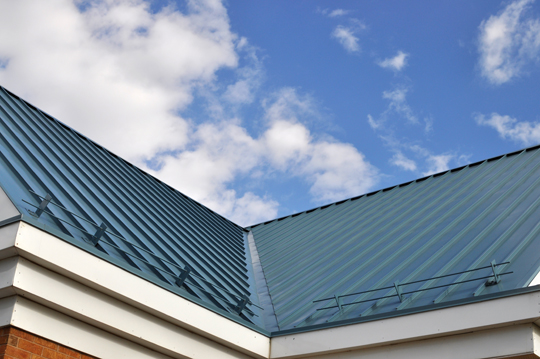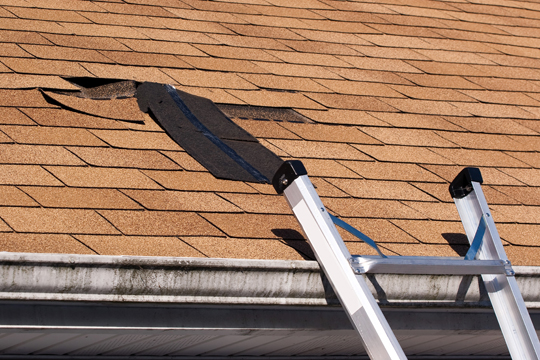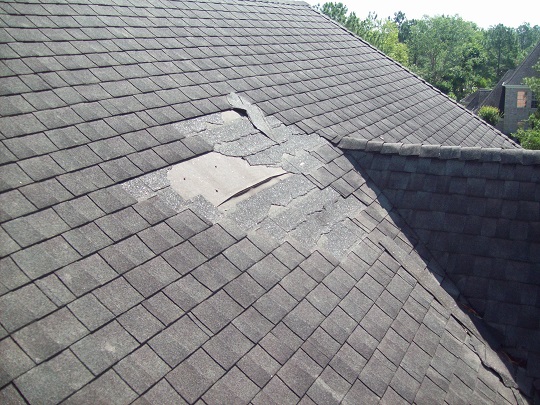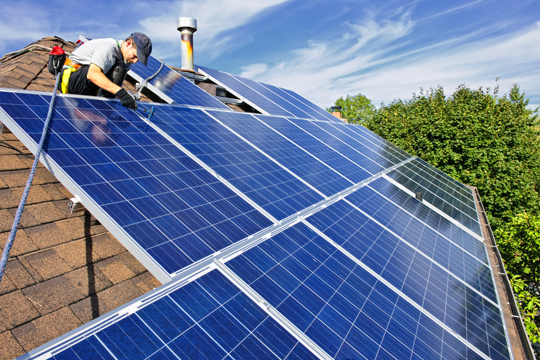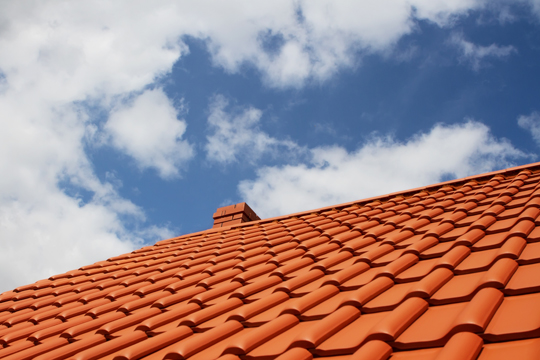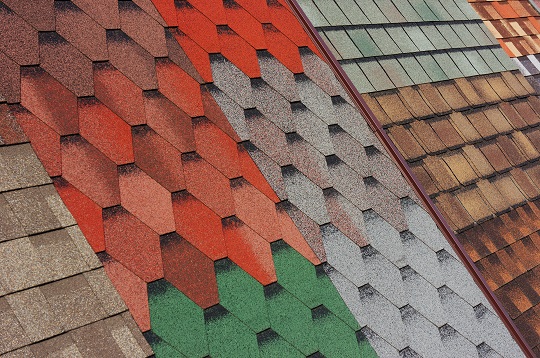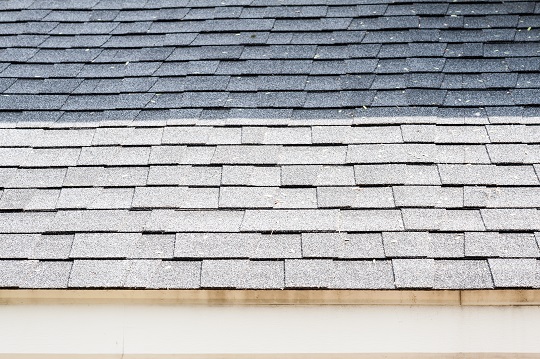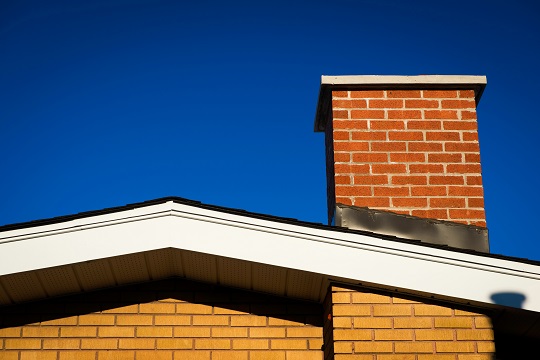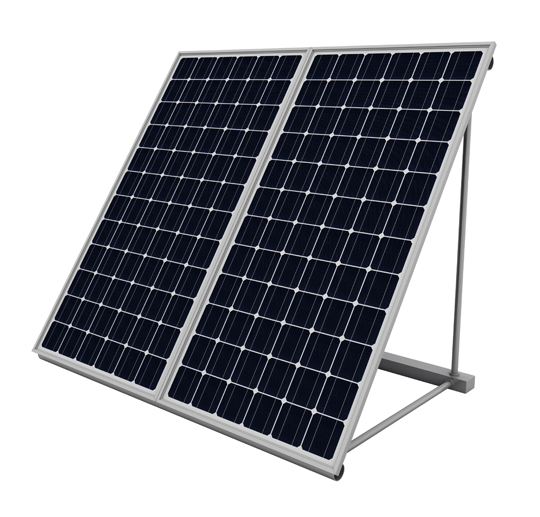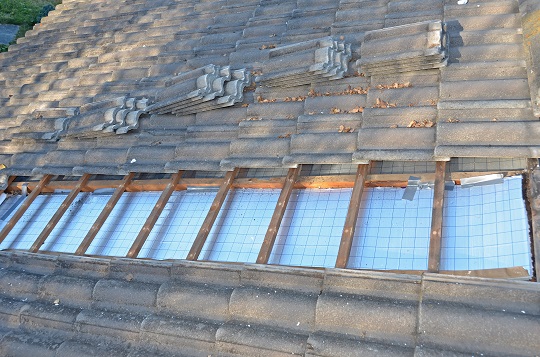If you are planning to take up a home improvement task or doing your own roofing this season, you may need an answer to the question, what is a roof valley? A roof valley essentially is the joint where two slopes of a roof meet. This is the place where rainwater collects and flows down. Proper installation and waterproofing of a roof valley are very important to make sure water does not enter the roof.
There are essentially two types of roof valleys: open valleys and closed valleys. In the case of an open valley, a trough is created with a waterproof material along the valley. This lets all of the water drain down. In the case of a closed valley, shingles are applied all over the valley and the water simply runs over them naturally. While both methods have been almost equally effective, the closed valley is the preferred style these days because of the high efficiency of ice/water shield waterproofing material and also the larger aesthetic appeal.
Installing a Roof Valley
1. To successfully install a roof valley, first of all, carefully line the valley with an ice and water shield and nail it in place. It is better to have someone help with the right positioning of the shield.
2. Once done, take the metal flashing, place it in the center appropriately and start nailing that in place, too, after carefully pressing it down to stick to the shielding.
3. Use metal flashing strips no more than 10 feet long and make sure the upper one overlaps the lower one by at least 6 inches. This will ensure that no water gets in. Once done, cover up the flashing with the help of roofing cement.
4. Next comes the roll roofing. It is best to apply two layers of roll roofing, the first one with the mineral side facing down and another layer with the mineral side facing up. Having done that successfully, carefully shingle the valley and seal the shingles with roofing cement. You are now good to go with a waterproof roof valley.
Need a Roofing Contractor?
Roof valley installations are best performed by trained professionals. So if you need a professional roofer, let us at TalkLocal help you choose the best one in your area for free and connect you directly to an expert professional who will take care of your roofing needs.

